To clean cast iron cookware without soap, use hot water and a stiff brush. For stubborn residue, scrub with coarse salt and rinse thoroughly.
How to Clean Cast Iron Cookware Without Soap:Cast iron cookware is beloved for its durability and excellent heat retention. Proper cleaning methods are essential to maintain its seasoning and prevent rust. Many home cooks worry about using soap, fearing it will strip the seasoning. Fortunately, cleaning cast iron without soap is straightforward.
A little hot water and a good scrubbing can keep your skillet in top shape. Learning how to care for your cast iron not only preserves its non-stick surface but also enhances the flavor of your dishes over time. Embrace these simple techniques to ensure your cookware lasts for generations.
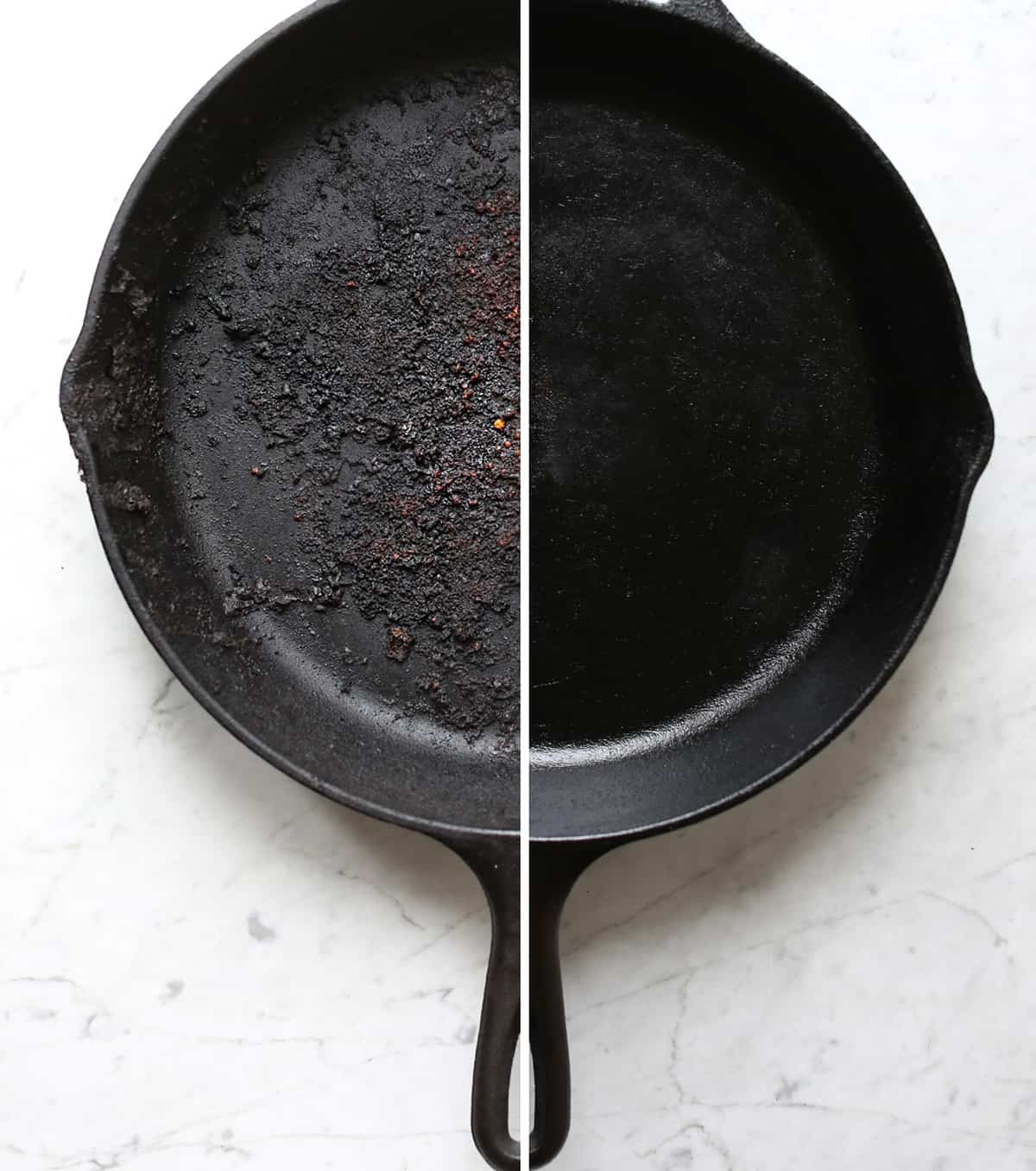
Credit: abeautifulmess.com
The Myth Of Soap And Cast Iron
Many believe soap ruins cast iron cookware. This idea scares some cooks. They think soap removes the seasoning layer. Understanding the truth can help maintain your cookware.
Common Misconceptions About Cast Iron Maintenance
- Soap is always harmful: This is not entirely true.
- Only salt should be used: Some prefer salt for cleaning.
- Water is the enemy: Water can be used carefully.
- Seasoning is permanent: Seasoning needs regular care.
The Truth Behind Soap Use And Seasoning Preservation
Using soap once in a while won’t destroy seasoning. The real concern is overusing soap. Frequent washing with soap can strip oils away. This may lead to rust. A little soap can help remove tough food particles.
To protect your seasoning:
- Use mild soap sparingly.
- Rinse well with warm water.
- Dry the pan immediately.
- Apply a thin layer of oil.
Maintaining seasoning is key. It helps create a natural non-stick surface. With proper care, your cast iron can last a lifetime.

Credit: www.reddit.com
Essential Tools For Cast Iron Care
Caring for cast iron cookware is essential for longevity. Using the right tools makes soap-free cleaning easy. Here are the must-have items and alternative agents to keep your cast iron in top shape.
Must-have Items For Soap-free Cleaning
- Stiff Bristle Brush: Great for scrubbing without scratching.
- Non-metal Scraper: Helps remove stuck-on food gently.
- Coarse Salt: Acts as an abrasive for tough spots.
- Paper Towels: Useful for drying and buffing.
- Vegetable Oil: Essential for seasoning and maintaining non-stick surface.
Alternative Cleaning Agents To Soap
Sometimes soap isn’t needed. Here are effective alternatives:
| Cleaning Agent | Uses |
|---|---|
| Coarse Salt | Scrubs away food residue. |
| Baking Soda | Neutralizes odors and removes stains. |
| Vinegar | Excellent for rust removal. |
| Water | Use with heat for loosening debris. |
Initial Cleaning: Start On The Right Foot
Cleaning cast iron cookware properly sets the foundation for longevity. This section explores the essential steps for initial cleaning. Follow these guidelines to ensure your pans stay in top shape.
Pre-cleaning Rituals For New Or Used Pans
Before cleaning, perform these pre-cleaning rituals:
- Inspect the pan for rust or debris.
- If new, rinse it with hot water.
- For used pans, scrape off food particles using a spatula.
These steps prepare your cast iron for a deeper clean. Use a stiff brush or a non-metal scrubber for stubborn spots.
The Importance Of Drying Cast Iron Thoroughly
Moisture can lead to rust on cast iron. Follow these drying tips:
- Wipe the pan with a clean, dry cloth.
- Place the pan on low heat for a few minutes.
- Ensure every part is completely dry.
Drying your cast iron cookware thoroughly protects its surface. It helps maintain the seasoning layer, ensuring food releases easily.
Routine Cleaning Post-cooking
Cleaning your cast iron cookware right after cooking is essential. It maintains the seasoning and prevents rust. Here’s how to do it effectively without soap.
Step-by-step Guide To Cleaning After Each Use
- Let it cool: Allow your cookware to cool slightly.
- Use hot water: Rinse the pan with hot water.
- Scrub gently: Use a brush or a non-abrasive scrubber.
- Dry immediately: Wipe it dry with a clean cloth.
- Re-season: Apply a thin layer of oil.
How To Deal With Stuck-on Food Particles
Stuck-on food can be tricky. Follow these steps to remove it:
- Use coarse salt: Sprinkle salt on the stubborn area.
- Scrub with a cloth: Use a clean cloth to scrub.
- Repeat if necessary: If food remains, add more salt.
- Rinse: Rinse with hot water to remove residue.
For tough spots, use a little baking soda. It works wonders without damaging the pan.
Salt Scrubs: Your Secret Weapon
Cleaning cast iron cookware can seem tough. Using soap is not the best option. Salt scrubs offer a simple and effective solution. They clean without damaging the seasoning. Let’s dive into how salt scrubs work.
The Effectiveness Of Coarse Salt For Scrubbing
Coarse salt acts as a natural abrasive. It helps remove stuck food bits easily. Salt also absorbs moisture and odors. This keeps your cookware fresh and clean. Here are some benefits of using coarse salt:
- Non-toxic and safe for food.
- Gentle on the seasoning of cast iron.
- Effective in removing stubborn residues.
- Readily available in most kitchens.
Instructions For A Proper Salt Scrub Method
Follow these simple steps for an effective salt scrub:
- Let the pan cool down completely.
- Sprinkle a generous amount of coarse salt in the pan.
- Use a scrub pad or cloth to scrub the salt around.
- Focus on areas with stuck food.
- Rinse the pan with warm water.
- Dry immediately with a clean towel.
- Apply a thin layer of oil to maintain seasoning.
This method works well for everyday cleaning. Use it regularly to keep your cast iron cookware in great shape.
Oil And Heat: The Dynamic Duo
Cleaning cast iron cookware without soap is simple with oil and heat. These two elements work together. They help maintain your pan’s non-stick surface. Let’s explore how oil and heat can keep your cookware in top shape.
The Role Of Oil In Maintaining A Non-stick Surface
Oil plays a crucial role in cast iron care. It creates a protective layer on the pan. This layer prevents food from sticking. Here’s how to use oil effectively:
- Choose the right oil: Use oils with high smoke points. Examples include canola, vegetable, and flaxseed oil.
- Apply a thin layer: After cleaning, apply a small amount of oil.
- Wipe off excess: Use a paper towel to ensure even coverage.
Regular oiling preserves the seasoning. It also enhances the non-stick properties. This makes cooking and cleaning easier.
Heating Techniques To Sanitize And Season Simultaneously
Heating your cast iron cookware helps sanitize and season it. Here are some effective methods:
- Oven Method: Preheat your oven to 350°F (175°C). Place the clean pan upside down on the middle rack. Bake for one hour. This process seals the oil.
- Stovetop Method: Heat the pan on medium-low heat. Add a few drops of oil. Swirl to coat evenly. This helps the oil bond with the pan.
- Fire Method: For outdoor use, heat the pan over a grill or campfire. This intense heat helps in seasoning and cleaning.
Using these heating techniques ensures your pan stays sanitized. It also promotes a strong seasoning layer. Follow these steps for best results.
Addressing Rust: Prevention And Treatment
Rust can ruin your cast iron cookware. This section covers how to prevent rust. It also explains how to treat rust if it appears. Protect your skillet to keep it in great shape.
Tips To Avoid Rust Formation
- Keep it dry: Always dry your skillet after washing.
- Apply oil: Lightly coat the surface with vegetable oil.
- Avoid soaking: Never soak your cast iron in water.
- Store properly: Keep your skillet in a dry place.
- Use it regularly: Frequent cooking helps maintain seasoning.
How To Restore A Rusty Cast Iron Skillet
Restoring a rusty skillet is simple. Follow these steps:
- Scrub the rust: Use a steel wool pad or a scrub brush.
- Wash with water: Rinse the skillet thoroughly.
- Dry immediately: Use a towel to prevent more rust.
- Re-season: Apply a thin layer of oil.
- Bake: Place it upside down in the oven at 350°F (175°C) for 1 hour.
Follow these tips to keep your cast iron cookware in top shape. A well-maintained skillet lasts for generations.

Credit: www.youtube.com
Storage Solutions For Cast Iron Longevity
Proper storage keeps your cast iron cookware in great shape. It prevents rust and damage. Here are some effective methods to ensure your pans last a lifetime.
Best Practices For Storing Your Cookware
- Keep it dry: Always ensure your cast iron is completely dry.
- Use a light coat of oil: Apply a thin layer of oil before storage.
- Avoid stacking: Store pots and pans separately to avoid scratches.
- Use paper towels: Place between cookware to absorb moisture.
- Store in a cool place: A dry, cool area is best for longevity.
Creative Storage Ideas To Save Space And Preserve Quality
Use these innovative ideas to maximize storage space:
- Wall-mounted racks: Install racks to hang cookware.
- Magnetic strips: Use magnetic strips for easy access.
- Pot racks: Hang pots from a ceiling-mounted rack.
- Cabinet dividers: Use dividers to keep cookware organized.
| Storage Method | Benefits |
|---|---|
| Wall-mounted racks | Save space and display your cookware. |
| Magnetic strips | Keep pans accessible and prevent scratches. |
| Pot racks | Free up cabinet space and showcase style. |
| Cabinet dividers | Organize cookware and prevent clanging noises. |
Advanced Care: Tackling Tough Issues
Cleaning cast iron cookware can be tricky. Some issues require extra attention. Let’s explore how to handle severe stickiness and know when to re-season your cookware.
Dealing With Severe Stickiness And Residue
Stuck-on food can be frustrating. Here are steps to tackle it:
- Heat the Pan: Place the pan on medium heat for a few minutes.
- Add Water: Pour a small amount of water into the hot pan.
- Scrape Gently: Use a spatula or scraper to remove residue.
- Use Salt: For tough spots, sprinkle salt and scrub with a cloth.
- Rinse: Rinse the pan with hot water and dry it immediately.
Salt acts as an abrasive. It helps lift stubborn bits without soap. Always dry your pan right after cleaning. This prevents rust.
When To Consider Re-seasoning Your Cookware
Re-seasoning restores the non-stick surface of cast iron. Look for these signs:
| Signs | Action Needed |
|---|---|
| Rust spots | Re-season immediately to prevent further damage. |
| Food sticks consistently | Apply a new layer of seasoning. |
| Dull or patchy surface | Re-season to restore the shine. |
Re-seasoning is simple:
- Clean: Remove all food and residue.
- Dry: Ensure the pan is completely dry.
- Apply Oil: Use a thin layer of vegetable oil.
- Bake: Place the pan upside down in an oven at 350°F for an hour.
Follow these steps for a well-maintained cast iron skillet. Enjoy cooking with your beloved cookware!
Common Questions On Soap-free Cleaning
Cleaning cast iron cookware without soap raises many questions. People worry about residue, odors, and rust. Understanding the right methods helps keep your cookware in excellent shape.
Can I Ever Use Soap On Cast Iron?
Many believe soap ruins cast iron. This isn’t entirely true. Using soap once in a while won’t harm your pan. However, frequent use can strip the seasoning. Here are some key points:
- Occasional Soap Use: A small amount won’t damage your pan.
- Seasoning Stripped: Soap can remove the protective layer.
- Best Practice: Stick to soap-free methods for daily cleaning.
Troubleshooting Common Soap-free Cleaning Challenges
Cleaning cast iron without soap can be tricky. Here are some common problems and solutions:
| Challenge | Solution |
|---|---|
| Stuck-on Food | Use a scraper or coarse salt to scrub. |
| Rust | Scrub with steel wool, then reseason. |
| Odors | Heat the pan and add a little oil. |
| Black Residue | Use a mix of salt and water to clean. |
These tips help maintain your cast iron cookware. Clean it carefully and enjoy cooking delicious meals.
Frequently Asked Questions
How To Clean A Cast-iron Pan Without Soap?
To clean a cast-iron pan without soap, use hot water and a stiff brush. Scrub away food residue while the pan is still warm. For tough spots, sprinkle coarse salt and scrub with a cloth. Rinse and dry immediately. Apply a thin layer of oil to maintain seasoning.
What Is The Best Way To Clean A Cast Iron Skillet?
To clean a cast iron skillet, rinse it with hot water immediately after use. Use a non-abrasive scrubber for stuck-on food. Avoid soap and let it air dry. Apply a thin layer of vegetable oil to maintain seasoning. Store it in a dry place to prevent rust.
Why Are You Not Supposed To Wash A Cast Iron Skillet?
Washing a cast iron skillet can strip its seasoning. This seasoning provides a natural, non-stick surface and protects the skillet from rust. Instead of washing, wipe it clean with a cloth or use minimal water. Proper care ensures longevity and enhances cooking performance.
How To Clean Crud Off A Cast Iron Skillet?
To clean crud off a cast iron skillet, use hot water and a stiff brush. For stubborn residue, sprinkle coarse salt and scrub. Rinse thoroughly and dry immediately. Apply a light layer of oil to maintain seasoning. Avoid soap, as it can strip the skillet’s protective layer.
Conclusion
Cleaning cast iron cookware without soap is simple and effective. Using natural methods maintains the seasoning and enhances durability. Remember to dry your skillet thoroughly to prevent rust. With proper care, your cast iron will last for generations. Embrace these techniques for a healthier cooking experience and enjoy your culinary adventures!

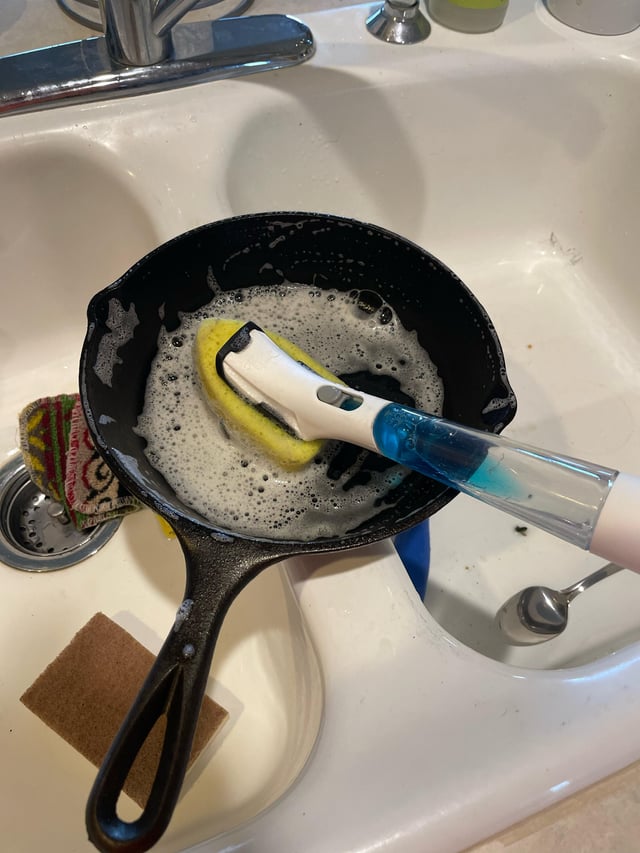
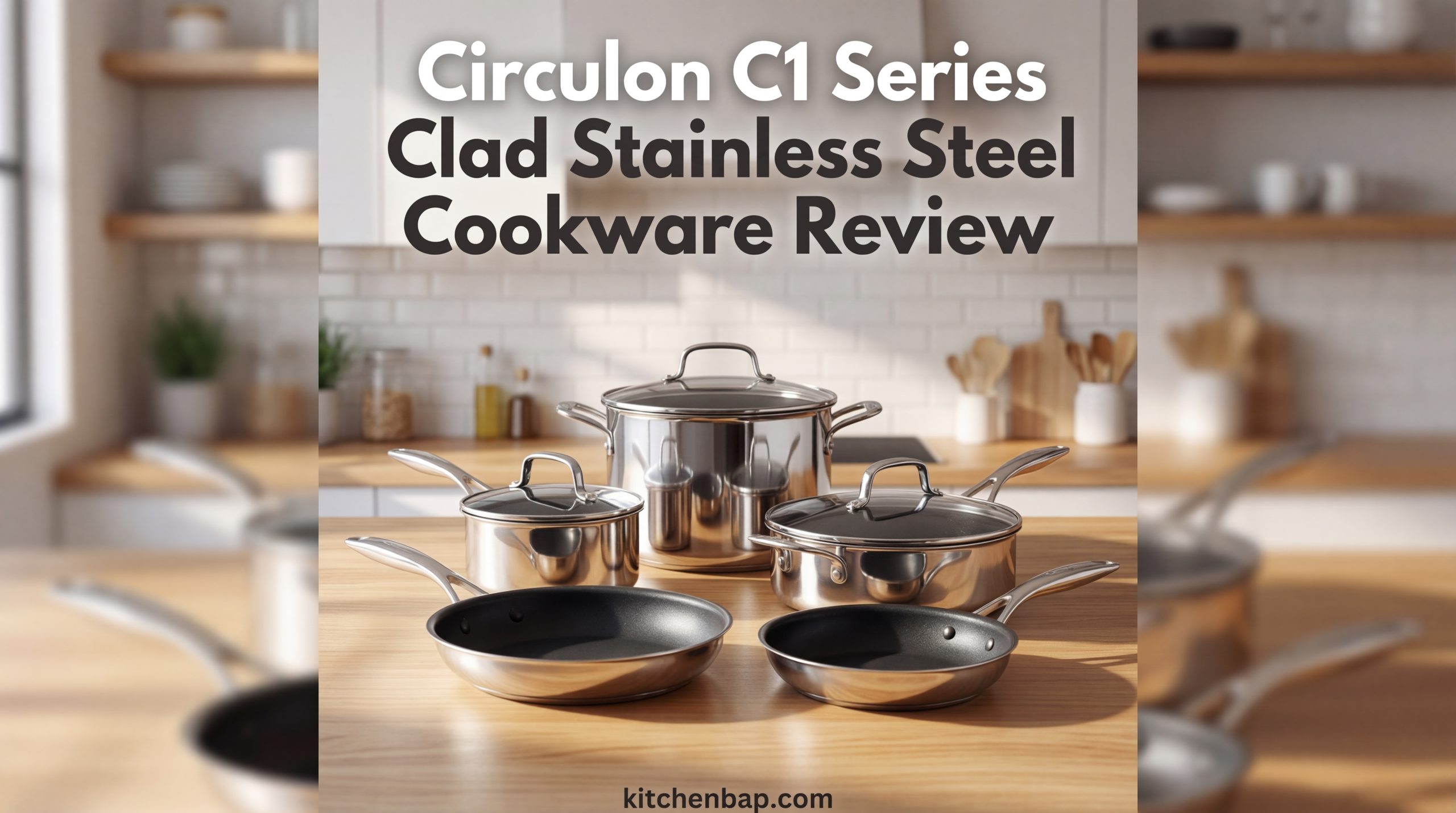
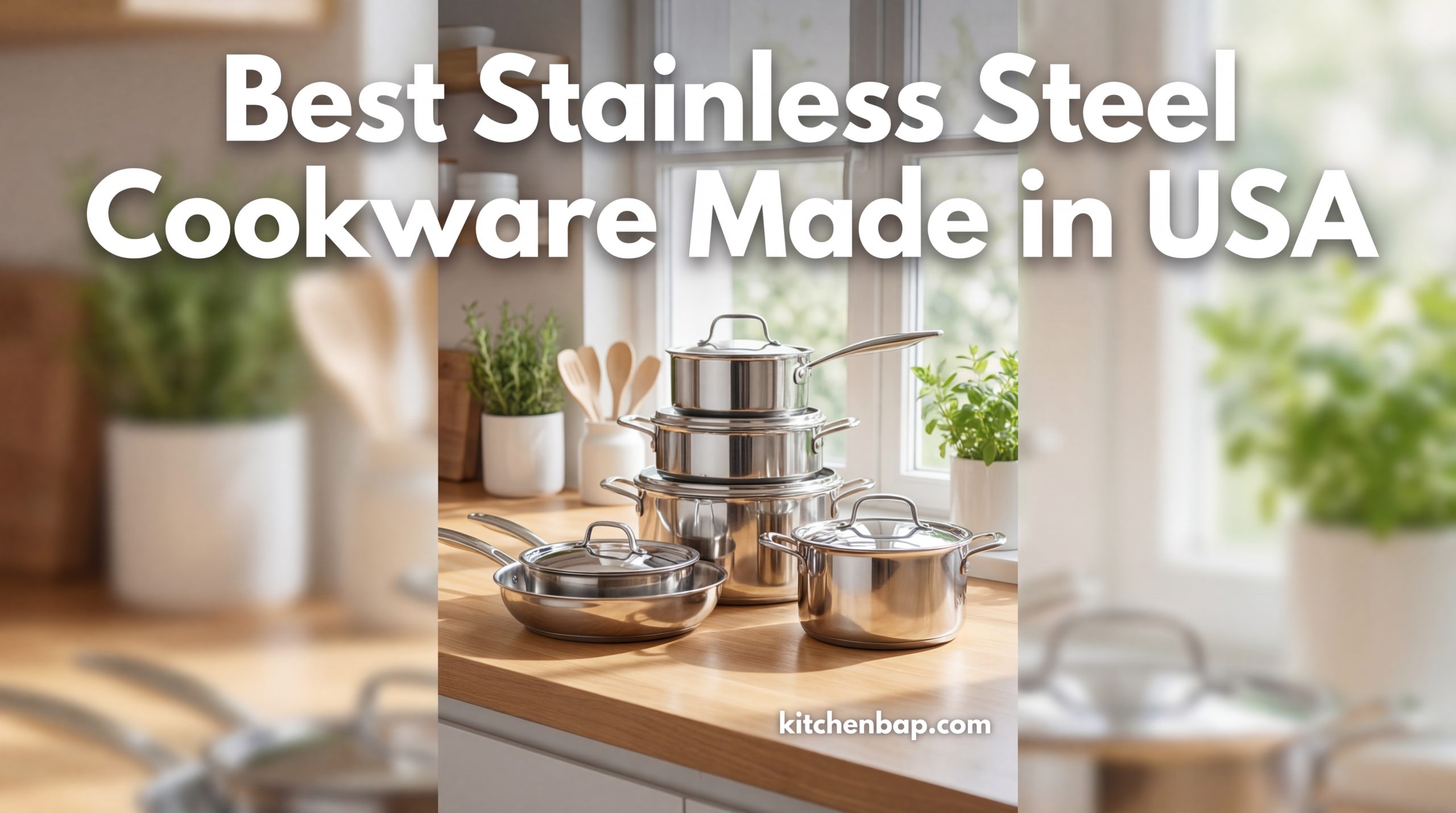
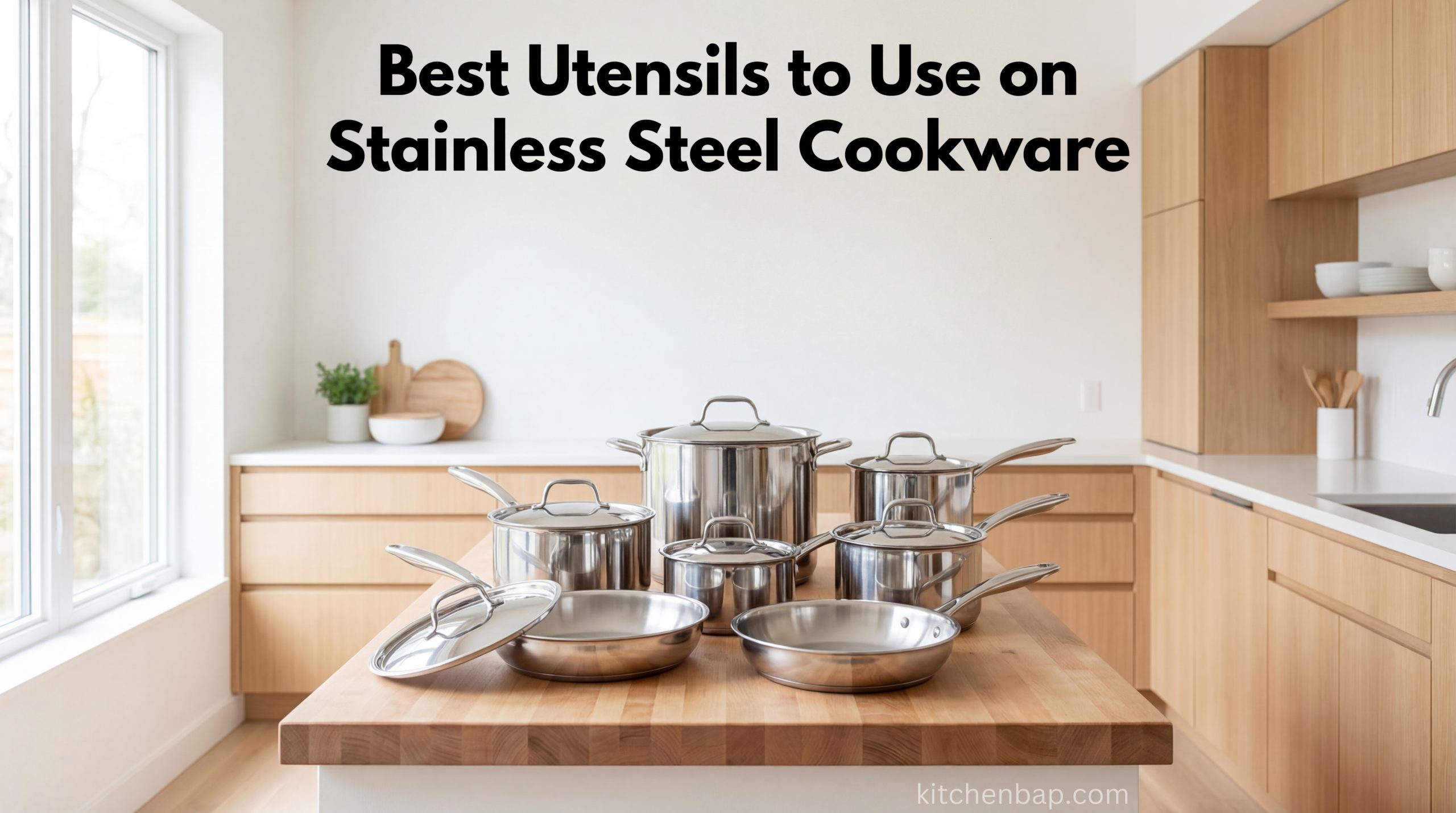
Leave a Reply